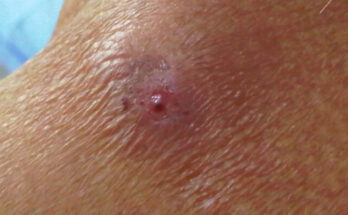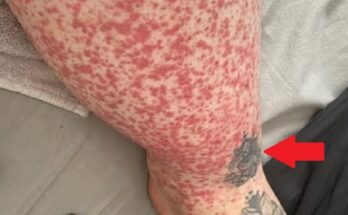Editor’s note: Shift Your Mindset is an occasional series from CNN’s Life, But Better team. We talk to experts about how to do things differently to live a better life.

Anti-aging aspirations have turned longevity products and services into a wellness-industry gold mine. But who wants to add on years only to spend them struggling to move, dependent on others and unable to enjoy basic activities?
What’s the point of sticking around longer if you can’t actually live life? Building and maintaining strength and mobility helps preserve the independence you need to age with dignity — and the actions you take now make all the difference.
In their new book “The Complete Bone and Joint Health Plan: Help Prevent and Treat Osteoporosis and Arthritis,” dietitian and personal trainer Sydney Nitzkorski and orthopedic surgeon and sports medicine specialist Dr. Jocelyn Wittstein share the strategic diet and exercise choices you can make now to help maintain your quality of life well into your later years. Nitzkorski is a sports dietitian at Marist University in Poughkeepsie, New York, and she runs a private fitness and nutrition practice. Wittstein is an associate professor at Duke University School of Medicine in Durham, North Carolina.
Dr. Jocelyn Wittstein: Most people don’t realize that bone mineral density (BMD) peaks at around age 30. After that, your goal is to maintain your BMD and try to slow down bone loss. For women, bone density decreases about 1% annually until menopause and then accelerates to 2% a year. Men experience a roughly 1% annual decline. The key is to build a strong foundation early and continue supporting your bone and joint health throughout your life.
Another misconception is that cardiovascular exercise alone is enough to preserve mobility, but strength training and light impact exercises are critical, too. These activities can elevate the peak bone density of people in their teens and 20s, while people older than 30 need those same exercises to minimize loss.
This is important considering that 1 in 4 adults will get osteoarthritis, and anyone older than age 50 has a heightened risk for both arthritis and osteoporosis, women in particular. A full 77% of postmenopausal women reported joint pain in a randomized study.
Sydney Nitzkorski: As a dietitian, I find that people don’t think enough about how much calcium they’re taking in, and most people are not getting enough. Your body can’t make the calcium it needs, not just for bones and teeth but also heart, muscle and nerve function. If you’re not consuming enough, your body will raid the reserves in your skeleton to meet its requirements.
This is why everybody, at every age, needs to get enough calcium. If you have kids, make sure they’re consuming enough now, because this is when they’re building bone mass. But sufficient calcium is still important even if you’re 60 or beyond. Boosting your bone health is incredibly important at every age, and it’s never too late to start taking proactive steps.
Nitzkorski: Whole foods are the best sources for calcium, with supplementation as a secondary option. I recommend that people track their intake for a typical week and then adjust accordingly. Adults need 1,000 to 1,200 milligrams of calcium daily. Good sources include milk, fortified plant milks, broccoli and kale, as well as sardines and anchovies because you eat the bones.




